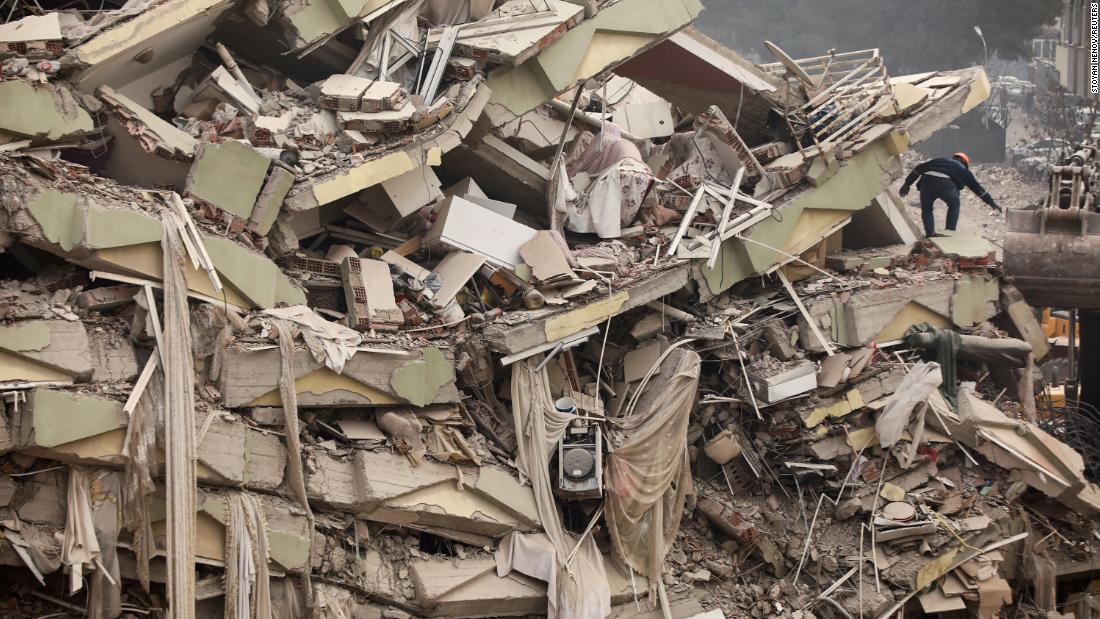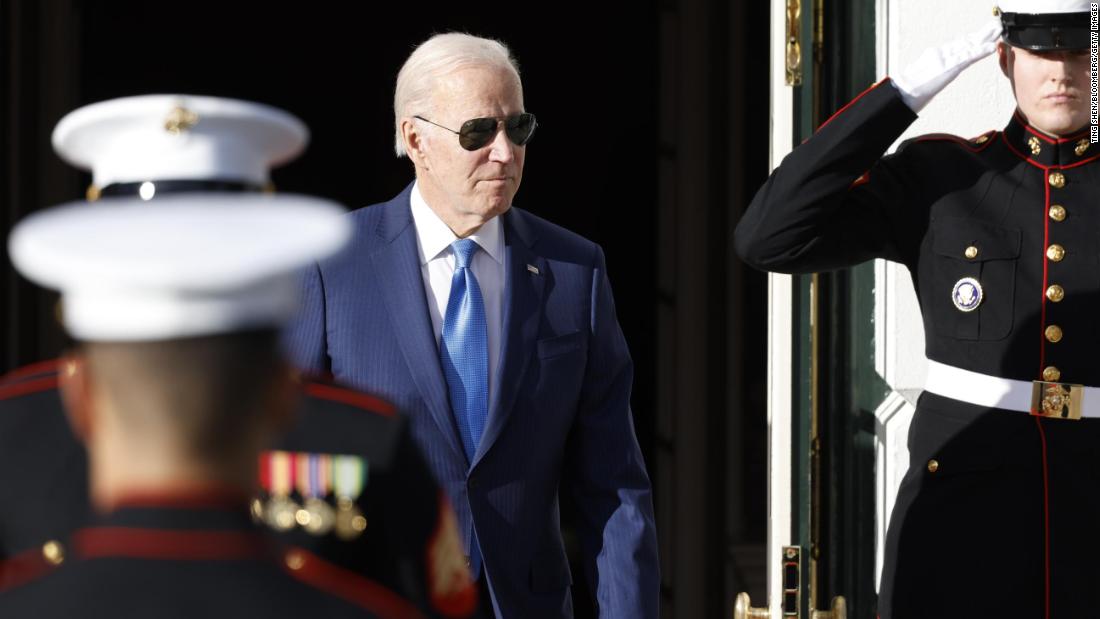Can Police Cope With the Surge in Violent Crime?
The debate between those demanding a radical overhaul of policing and those calling for a return to stricter, hardline law enforcement threatens to undermine efforts to address the reasons for the spike in violent crime, police chiefs of four major cities told a webinar Tuesday.

The surge in violent crime has thrust the nation’s police chiefs into the middle of an uncomfortable debate between those demanding a radical overhaul of policing and those calling for a return to stricter, hardline law enforcement.
And the debate threatens to undermine efforts to address the reasons for the surge, police chiefs of four major cities reeling from the violent crime increase warned Tuesday.
“I have real heartburn over the future of policing,” Louisville, Ky., chief Erika Shields told a virtual “Town Hall” sponsored by the Police Executive Research Forum (PERF), one of the country’s leading think tanks on law enforcement.
PERF invited Shields and the police chiefs of New York City, Portland, Ore., and Baton Rouge, La., to discuss how they were coping with spikes in homicides over the past 18 months, ranging between 40 percent and 60 per cent, and in some cases as high as 90 percent.

Louisville Police Chief Erika Shields
In often devastatingly frank comments, the chiefs said they felt caught between community outrage over police misconduct and the anger of rank-and-file cops who felt undercut by reform politicians and prosecutors.
“Officers are afraid they’re going to be hung out to dry,” said Shields, who acknowledged that “proactive” policing in her city effectively stopped in the wake of community-wide outrage following the police shooting of Breonna Taylor during a botched raid on her Louisville apartment in March 2020.
The chiefs said much of the recent growth in violent crime was concentrated in a few neighborhoods in their cities where there was an increase in illegal firearms, fueled in particular by local gang feuds and drug trafficking.
“We’re dealing with the same individuals over and over again,” said Baton Rouge chief Murphy Paul, noting that a victim of one incident could be a perpetrator of violence in the next incident.
“These are young men who don’t care if they live or die,” said Paul.
New York Police Commissioner Dermot Shea said his violent crime problem was largely confined to just 10 of the city’s 77 precincts.
But he also added that addressing the problem was complicated by recent justice reforms passed in the state legislature, as well as the paralysis of the court system during the pandemic.
Shea said his force now had a backlog of 5,000 gun arrests, with most of the suspects still on the streets. He said the slowdown in courts “is killing us.”
But calls for even more radical reforms to policing missed the point, he added.
“We’ve been having the same conversations for 30 years,” Shea said, noting that few of the recommendations made by the Task Force on 21st Century Policing launched by then-President Barack Obama in 2015 had taken root.
“We’re still trying to figure out what works, what doesn’t work,” said Shea, whose city is in the midst of a mayoral election that turns in part on dueling narratives on policing reform and public safety.
According to the Major Cities Chiefs Association, homicides rose overall by more than 32 percent in 66 major cities from 2019 to 2020. Aggravated assaults were also up 15 percent, while many non-violent offenses, with the exception of car theft, have gone down.
But while the percentage increases look formidable, the actual numbers can be relatively small, and crime rates are still well below what they were in the 1990s, when “law and order” strategies dominated the national agenda.

New York Police Commissioner Dermot Shea
Nevertheless, to varying degrees, the chiefs claimed that policies aimed at dramatically reversing the tough-on-crime regimes of the past threatened to put public safety at risk again.
“You cannot take 20 percent of the prison population and 20 percent of the jail population in a very short period of time and throw them out of the system,” Shea said.
He said a “softening of laws” and reformers’ eagerness to reverse “historical over-incarceration” had put the hard-won achievements in crime reduction over the past decades at risk. Many returning citizens were released to communities where there was a dearth of programs and counselling services to help them cope, he asserted.
“It’s certainly a difficult time here in New York City to get charges that result in somebody being incarcerated; and that last point there, I think, is the common denominator, ” Shea said.
In New York, opponents of the reforms have particularly targeted the state’s landmark law enacted last year which ended cash bail for most nonviolent felonies.
New York City registered a 97 percent increase in shooting incidents and a 44 percent increase in homicides in 2020, compared to the previous year.
However, criminologists say statistics do not support any connection between bail reform and rising violent crime. According to NYPD data, only one person released due to the bail reform legislation was charged with a shooting, of the 528 recorded between January and June 2020.
Roots of Violence
Paul said it was no coincidence that the upsurge in shootings in his city was occurring in the poorest neighborhoods, where there has been little investment in social services, housing or education.
All the chiefs said it was especially “alarming” that many of those involved in the violence—predominantly young, male and African American—were skewing younger.
“We’re seeing 11- and 14-year-olds,” said Shields.

Baton Rouge Police Chief Murphy Paul
Shields, who was hired as the city’s new chief after heading the Atlanta police force, said she arrived shortly after the Breonna Taylor incident determined to curb the city’s already-rising violent crime rate, but realized that there was little appetite on the part of rank-and-file officers for “proactive” policing, nor was there support from city officials who were worried about police-civilian conflict.
”I wanted to fight violent crime, but I knew the city couldn’t handle an incident of any sort,” she admitted. “It would be easier to do nothing.”
She acknowledged that police misconduct had increased mistrust of law enforcement in the communities where public safety was most at risk.
“I’d be the first to say that we’ve shot ourselves in the foot—there’s racism certainly involved,” she said.
“If 80 percent of our victims were white, we wouldn’t be having this conversation.”
Meanwhile, the spotlight on police misconduct has led to a shortage of officers, with many veterans retiring early and a slowdown in recruiting.
“The profession is so unappealing to new hires,” Shields said.
She said the staffing in Louisville is dire and even though she knows sending out community policing officers could help decrease crime, she does not have anyone to send out.
Similarly, Portland chief Lovell said that his force had already been strained to the limit by almost daily protests over the past year, noted he was down 129 officers July, 2020. And this week 50 Portland officers assigned to crowd control quit after one of their members was indicted.
‘Invest in the Demographics’
Although many people are currently focused on police reform, Lovell said it was also important to improve other parts of the justice system as well.
“We’re solely focused on law enforcement at the moment, but there are a lot of things we can do that are outside law enforcement, in collaboration with law enforcement, that might improve opportunities for people that would maybe lead them away from the criminal justice system,” he said.

Portland Police Chief Chuck Lovell
“We need to think globally,” Lovell added, noting that calls for replacing police with civilians who could take over functions like mental health assistance would go nowhere unless without support.
“These programs are not sustainable without funding,” he said.
In comments that put them on the same wave length with many reform positions, the chiefs said one way to do this would be to divert some portion of the police budget to community service programs.
“We could keep crime down with less cops in my opinion,” Shea said. “We could do it being able to divert more money out of police and into programs.
“I don’t think it’s all police. It also has to be investing in communities.”
The lack of community trust in the police was seen as an issue that needed to be solved if a decrease in violent crime was going to occur.
“There is no confidence in the police department,” Shields said. “It’s not where it should be and that’s on the police department.”
Engaging the community in solutions for the violent crime problem could help strengthen that relationship.
“When you bring the community together and engage them in identifying solutions, it works,” Paul said. “One thing that I consistently hear when I listen to all the other chiefs, and we talk about demographics is ‘who are your suspects? who are your victims?’
“It’s time we start investing in those demographics. We have to start investing in disinvested communities if we are going to get out of this current situation.”
Shields said that while police had a lot of work to do in regaining the trust of their communities,
“I really hope that the rest of the (justice) system gets off their asses and helps us.”
Additional reading: Bill Bratton on Police Reform: ‘Let’s Do It Right This Time’ The Crime Report, June 15, 2021
Blake Diaz, a TCR Justice Reporting intern, contributed to this summary.

 Landwebs
Landwebs 
















/cdn.vox-cdn.com/uploads/chorus_asset/file/24430706/elon_musk_twitter_for_you.png)






